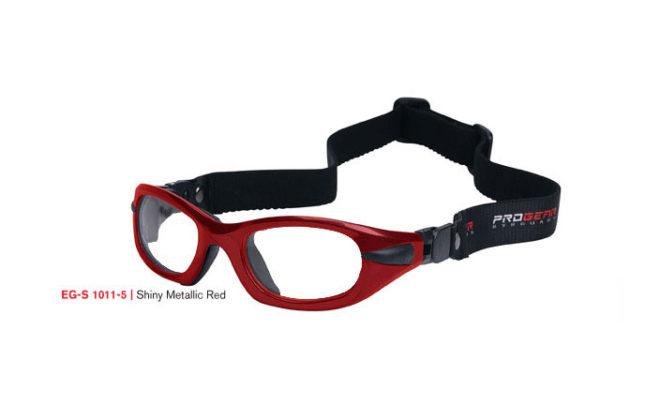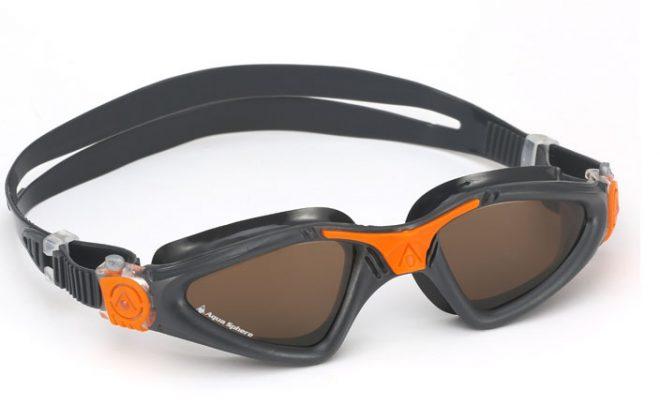UV light and your eyes.
Have you ever wondered what sunlight does to your child’s eyes? If so read on.
The amount of Ultraviolet (UV) light entering our eyes is one of the controllable threats to our eye health. So I thought I should explain why it is important to manage the amount of UV light entering our eyes and the consequences of UV radiation on our eye health.
UV radiation is the light energy that ranges from 100 to 400nm on the electromagnetic spectrum. Violet is the highest energy visible light that borders UVA on the electromagnetic spectrum. Ultraviolet means beyond violet (beyond the visible violet light), in other words, the rays are invisible.
UV radiation is actinic light meaning that it has energy levels high enough to produce photochemical damage to biological structures when absorbed.
There are only 2 bodily structures that are susceptible to damage by light; the skin and eyes. Different layers of skin and eyes absorbed specific ranges or brands of wavelengths. The ability of actinic UV light to harm the eyes or skin is wavelength dependent.
The human eye has unique filtering characteristics that determine in which area of the eye each wavelength will be absorbed. Both UVA and UVB cause cataract formation. By removing exposure to these wavelengths by wearing sunglasses you will greatly reduce the risk of early cataract formation.
UV radiation is an undisputed threat to eye health. It is well known that UV is harmful to the human eye and the surrounding tissues. While UV contributes little if anything to sight, it can severely damage the eyes and their surrounding tissues. Research has indicated that UV damage accumulates over a lifetime; that early and frequent retinal exposure may contribute to age-related macular degeneration later on in life. Other known effects of UV exposure include:
- Photo-aging of eyelids and surrounding skin
- Skin cancers of the same regions, accounting for up to 10% of all skin cancers
- Degenerative and unsightly growths on the conjunctiva
- Acute and painful inflammation of the cornea
- Melanoma of the iris- a potentially deadly type and
- Nuclear sclerosis of the lens, leading to reduces vision and ultimately cataracts requiring surgery.
- Most acute damage is painful, temporary, and will heal. Chromic damage and subsequent disease development are caused by much lower levels of exposure over a long period, often many years. Chronic damage is photo-toxic and photo-aging. It accumulates over a lifetime and there is no cure – the damage is irreversible.
So how do you avoid both acute and chronic UV radiation damage to your eyes and surround tissue? The answer is easy WEAR Sunglasses. The earlier you start the better the outcome. This is the main reason that U am so passionate about getting babies and children used to wearing sunglasses as early as possible. So that they can avoid the problems associated with chronic UV radiation exposure.
Archives
- February 2023
- January 2022
- September 2021
- May 2021
- April 2021
- February 2021
- January 2021
- October 2020
- August 2020
- May 2020
- February 2020
- December 2019
- October 2019
- May 2019
- February 2019
- November 2018
- October 2018
- September 2018
- August 2018
- June 2018
- May 2018
- April 2018
- March 2018
- February 2018
- December 2017
- November 2017
- October 2017
- September 2017
- August 2017




